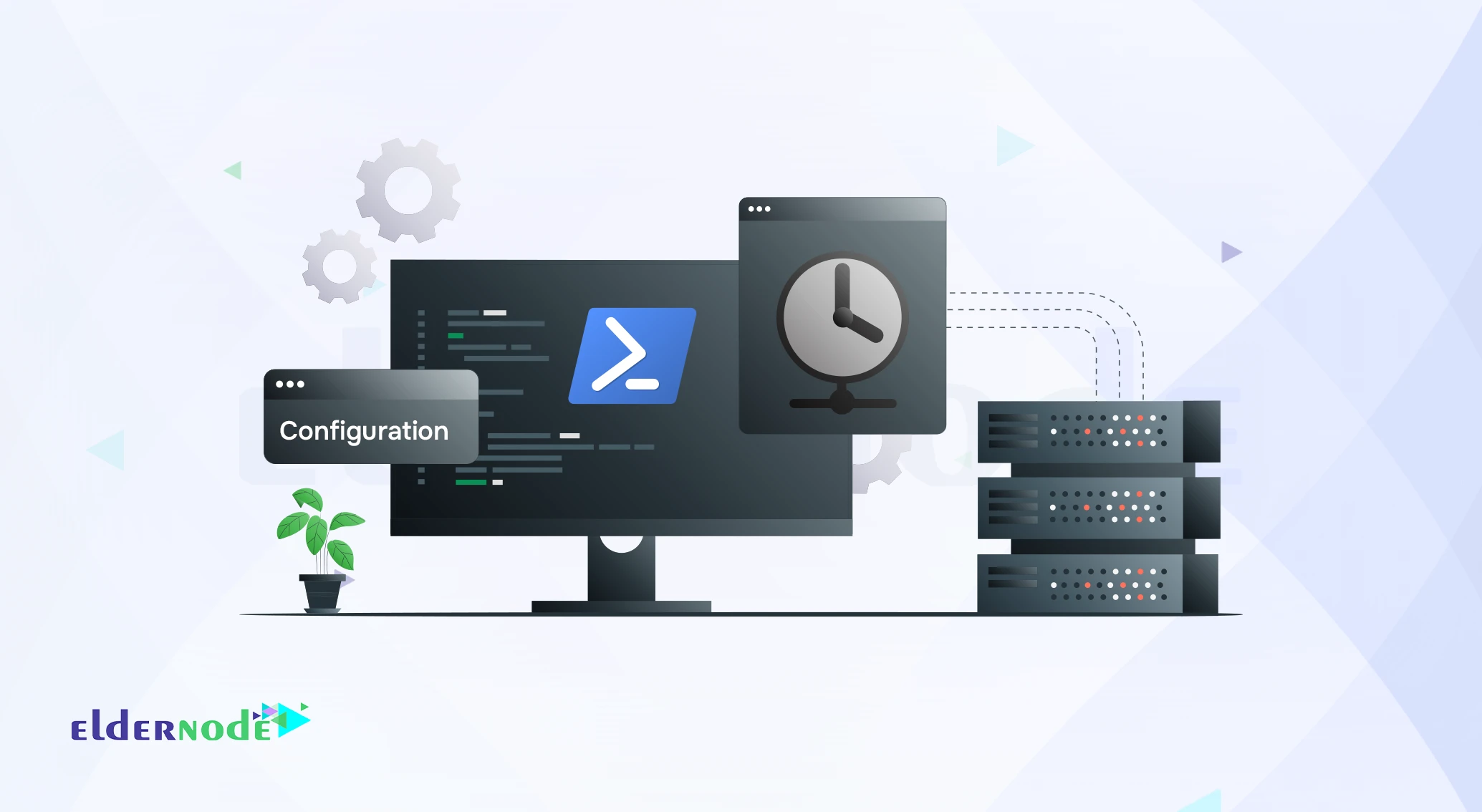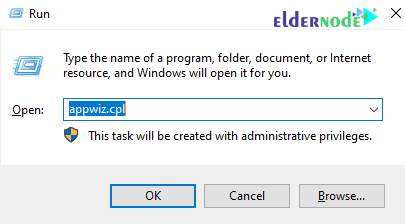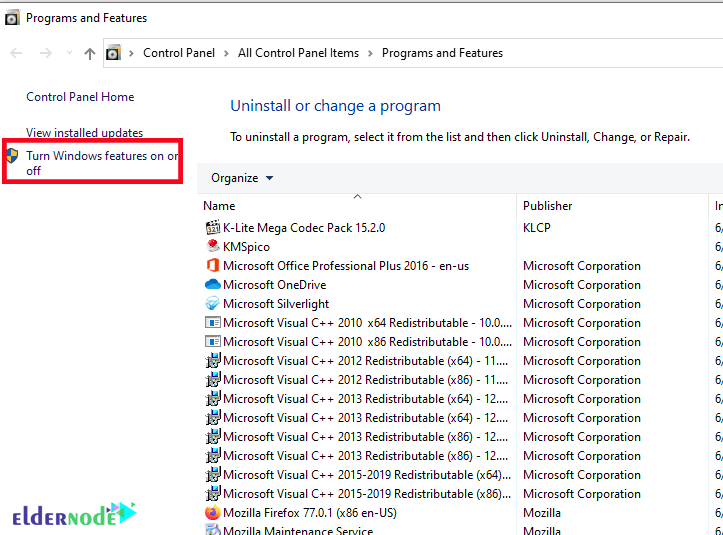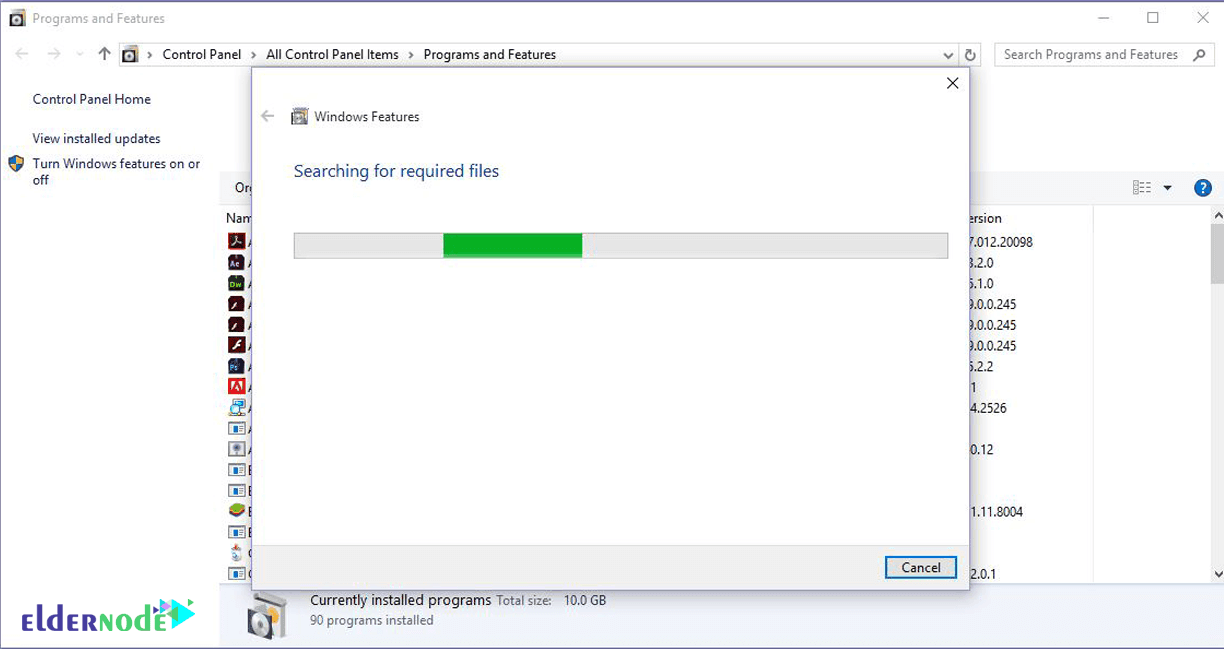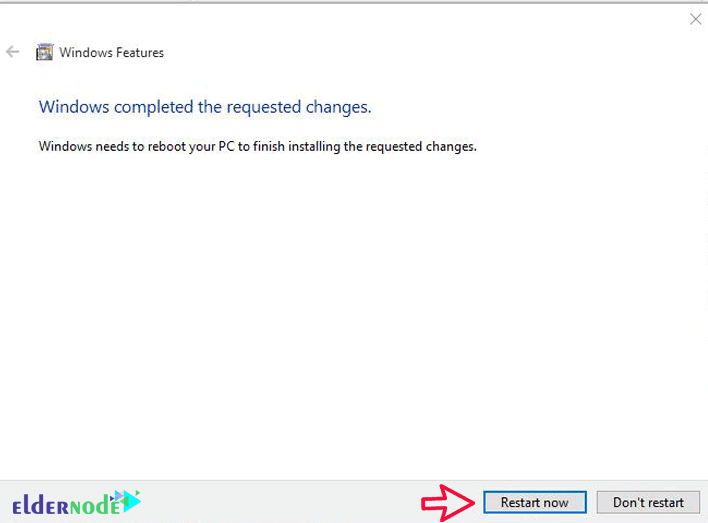How to Install IIS on Windows 10 (Step-by-Step Guide)
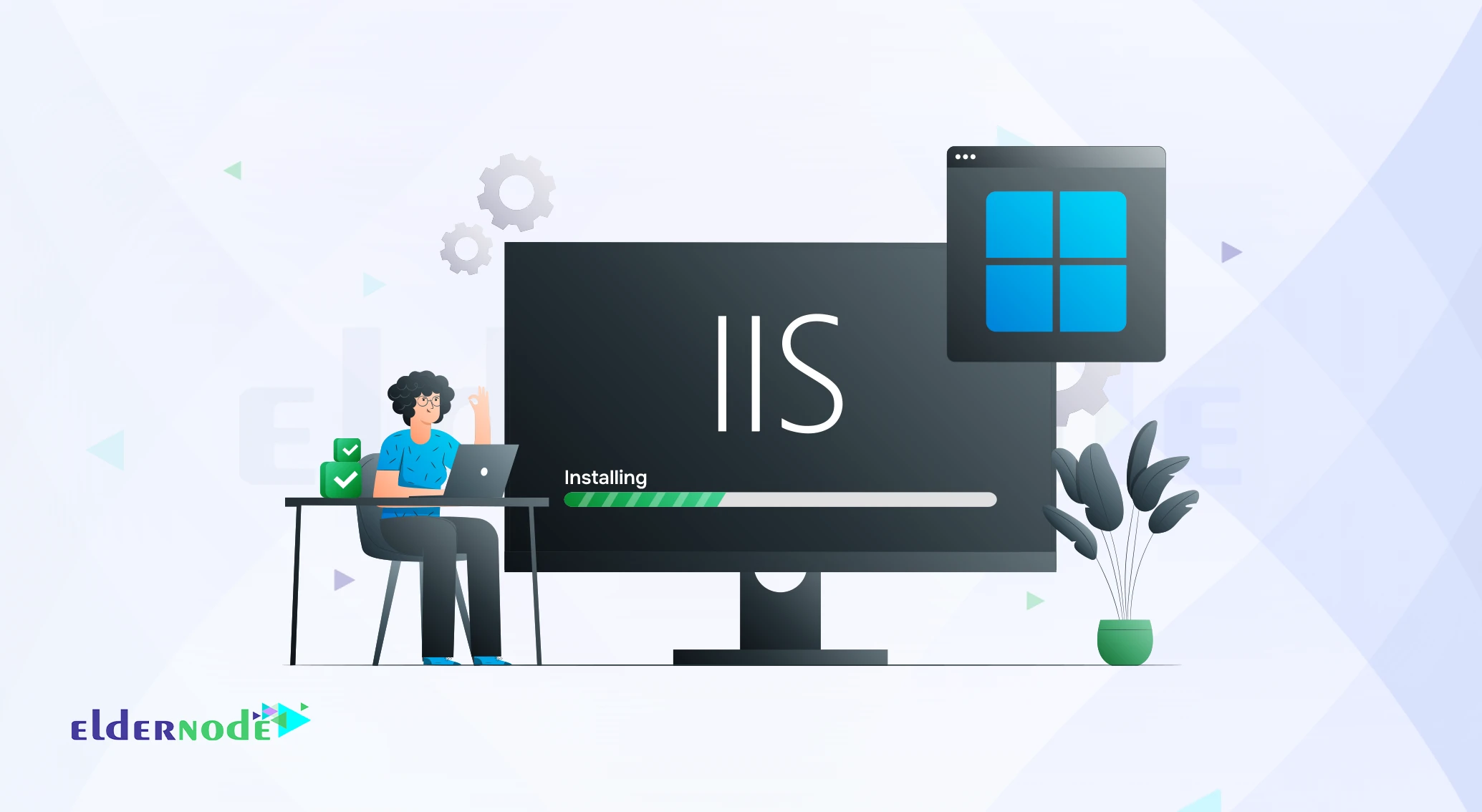
How to install IIS on Windows 10 isn’t complicated once you know where Microsoft has tucked it away. IIS (Internet Information Services) is already part of Windows, but it sits inside the “Windows Features” panel. As a result, many people don’t notice it’s there. When you switch it on, you can run a lightweight local web server, test ASP.NET projects, or even try out a small PHP site without setting up extra software.
In this guide, I’ll walk you through the steps to enable IIS on Windows 10. I’ll also point out a few things it does well and where it falls short compared to the full IIS package on Windows Server.
What is IIS in Windows 10?
On Windows Server, IIS shows up as a dedicated Web Server (IIS) role that you can add through the Server Manager. On Windows 10, though, it’s tucked away under the “Windows Features” panel.
Keep in mind that the Windows 10 version isn’t as powerful as the one on Windows Server. It’s fine if you just want a local dev environment, run a small test site, or host something lightweight like an ASP.NET or PHP app for a handful of users.
Running a proper website on Windows 10? Honestly, it’s not the best idea. It works for a test setup or a tiny project, but once more people start hitting the site, you’ll quickly notice the limits. At that point it’s smarter to move over to Windows Server with IIS. That platform is actually built to deal with heavier traffic without giving you headaches.
IIS on Windows 10 isn’t quite the same as the full server version. For instance, if you’re on the Home edition, you’ll hit a hard cap of about ten connections. Additionally, some features you might expect like detailed logging or load balancing just aren’t there. That’s why it’s fine for testing or a small internal project, but you wouldn’t want to rely on it to run a production site.
6 Steps to Install IIS on Windows 10
1- First, open the Run window by pressing the Winkey + R key. Type appwiz.cpl to open the Program and Features window.
Note: You can open the Program and Features window in the Windows Control Panel.
2- Click Turn Windows Features on or off.
3- Enable Internet Information Services
Scroll down through the features until you find Internet Information Services (IIS), then enable it by checking the box.
If you also want to use FTP service, check the FTP Server sub-option.
4- Click Ok to begin the installation process. The system will first search for the IIS file and will start installing the file if it is safe.
If the file is not found in Windows or incomplete, the operating system itself will download it from the Internet.
5- After installation, a window like the one below will be displayed for you. Click Restart Now to allow the system to reboot to finish installing IIS on Windows 10.
6- After booting the system through the Start menu, type and search for IIS.
👉 Did IIS Actually Install?
After you switch IIS on, don’t overthink it just open Chrome (or whatever browser you use) and type http://localhost. If the IIS splash page pops up, then you’re set. If you see a blank screen or an error, it’s usually nothing serious sometimes Windows needs a restart, sometimes the feature didn’t tick properly. I’ve had both happen.
👉 What I Usually Use IIS for on Windows 10
Honestly, nobody I know runs a busy public website on IIS inside Windows 10. It’s more like a toolbox: spin up a local dev site to test some ASP.NET code, run a small PHP project without bothering with XAMPP, or just enable FTP so you can move files back and forth. For quick jobs like that, it’s perfect.
For instance, I once used IIS on my Windows 10 laptop to quickly test an ASP.NET app before deploying it to a proper Windows Server. It worked fine for a couple of colleagues on the same network, but once more people tried to connect, performance dropped noticeably.
Conclusion
So that’s pretty much it IIS on Windows 10 is easy to switch on, and it’s handy if you just need a quick local server or a place to test things out. For anything bigger, you’ll outgrow it fast and a Windows Server box will make your life a lot easier.
You Might Also Enjoy
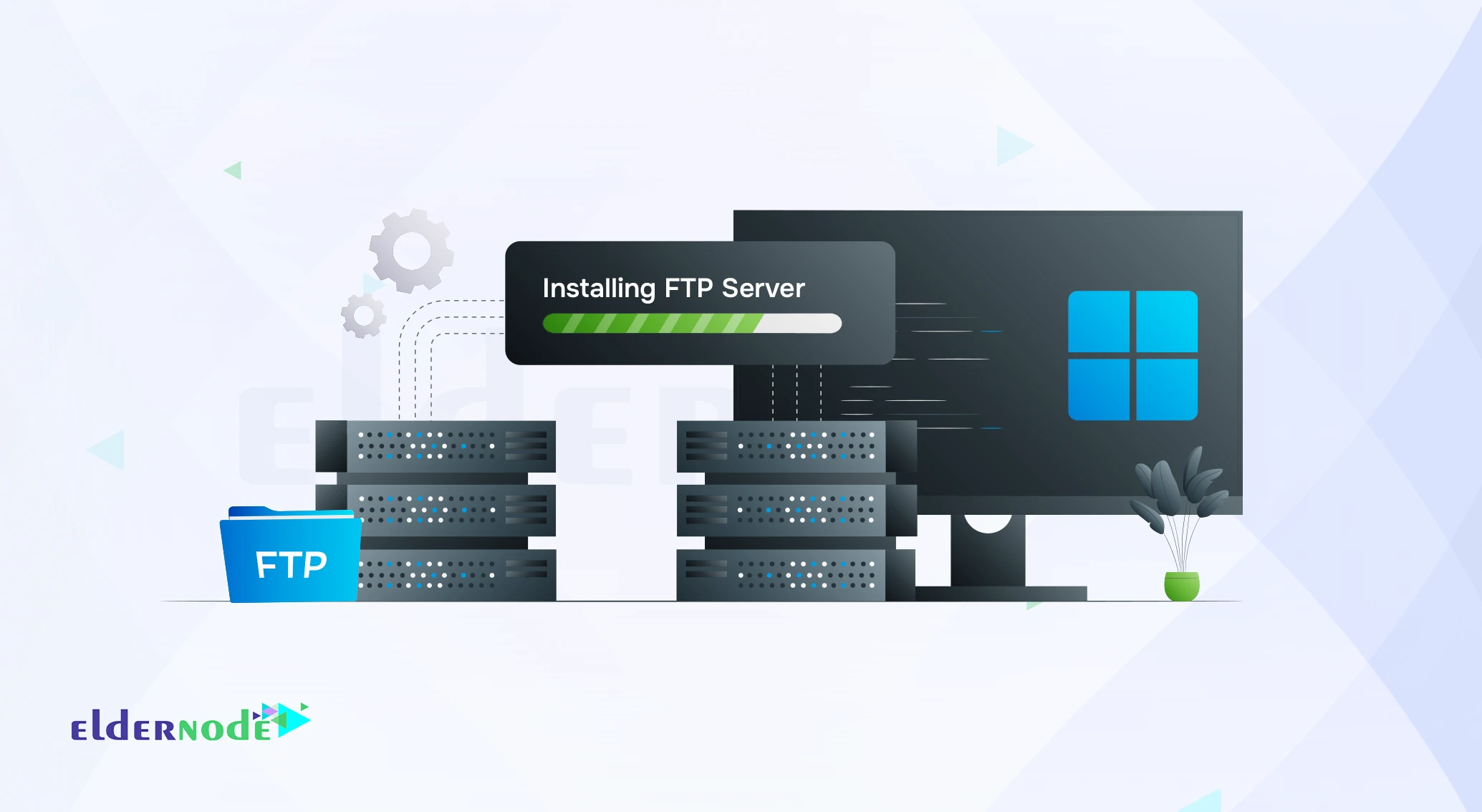
How to Install FTP Server on Windows Server 2019 [Step-by-St...
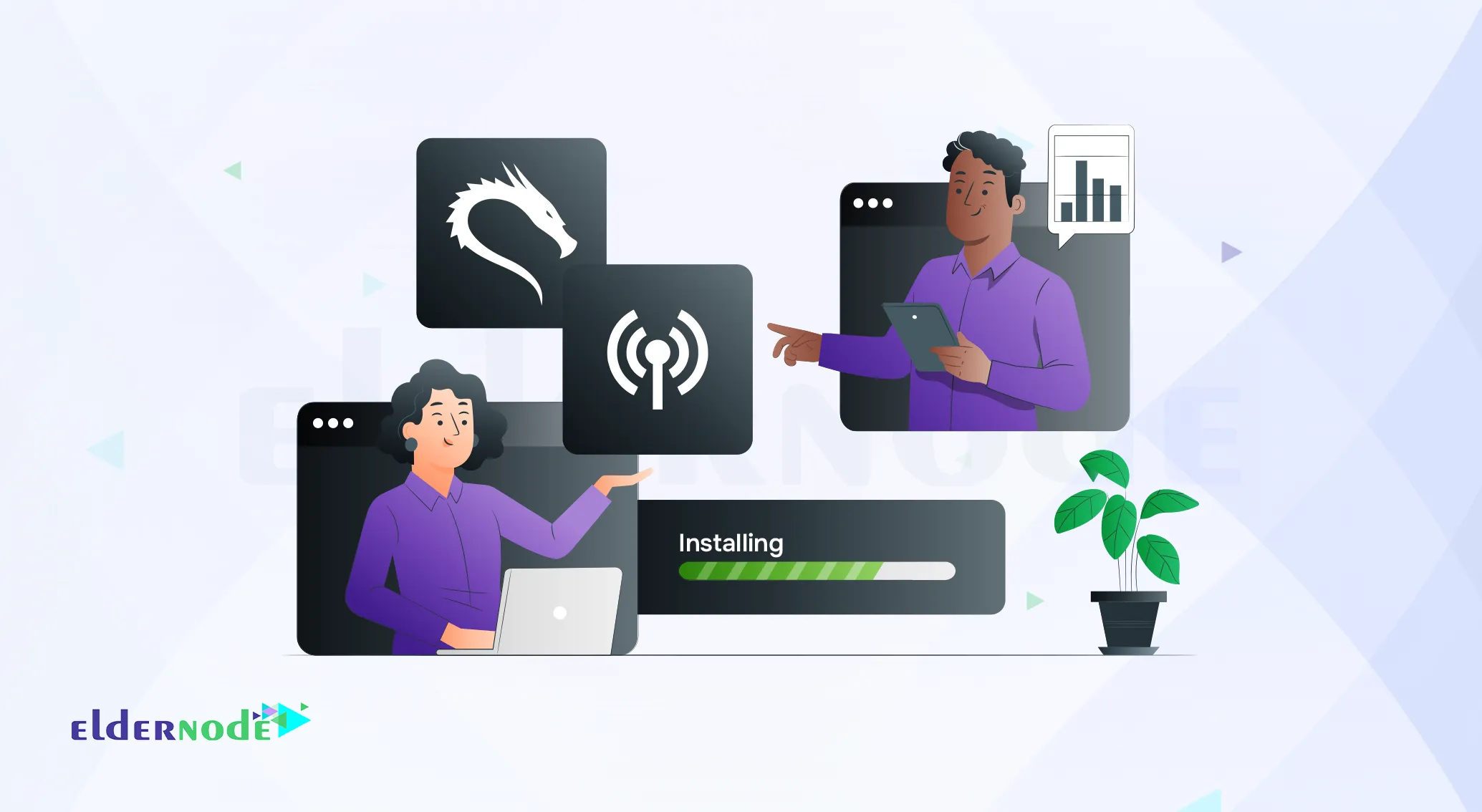
How to Install, Run, and Uninstall Fern WiFi Cracker on Kali...

How to Update Debian to the Latest Kernel
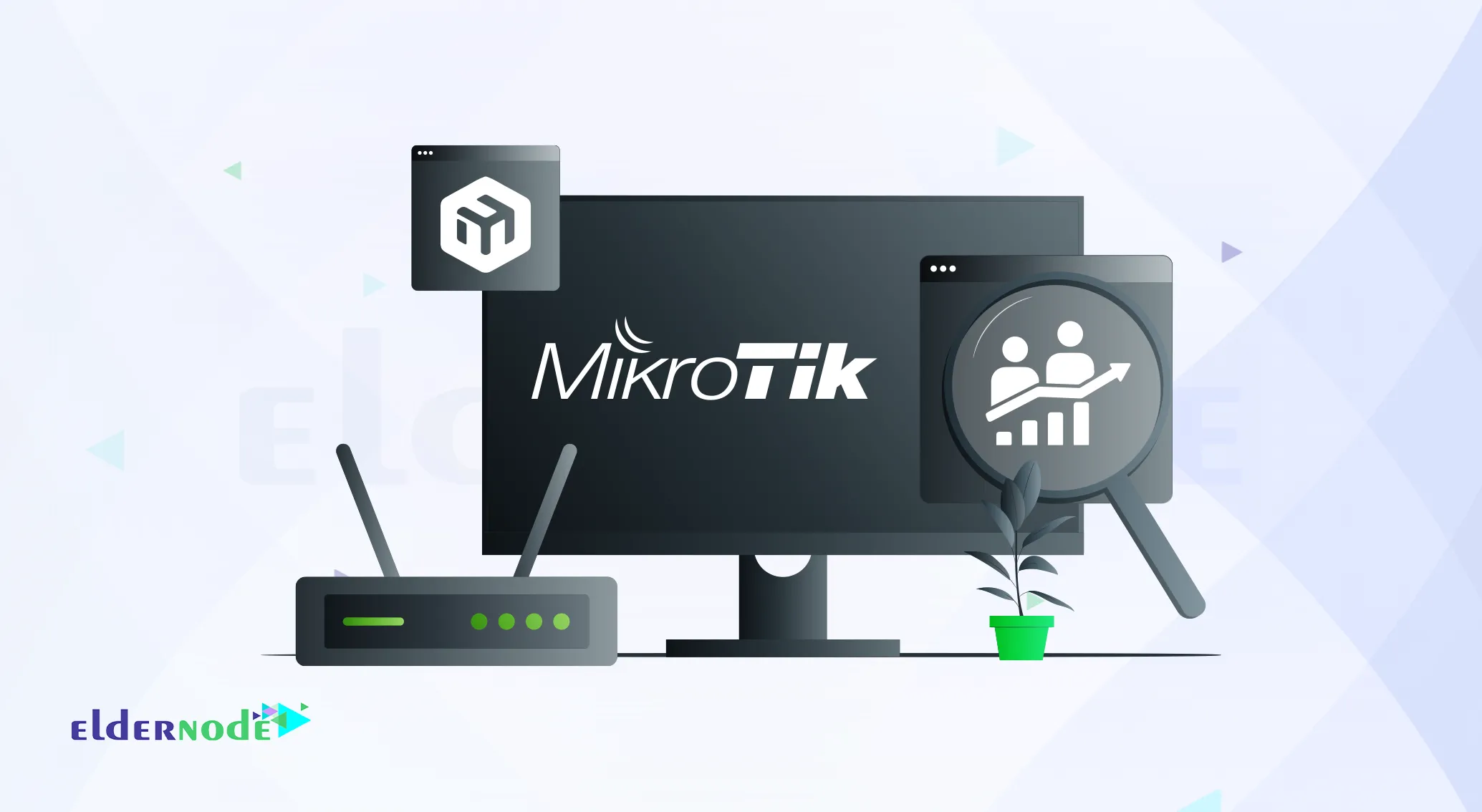
How to Monitor Bandwidth and Traffic on MikroTik RouterOS
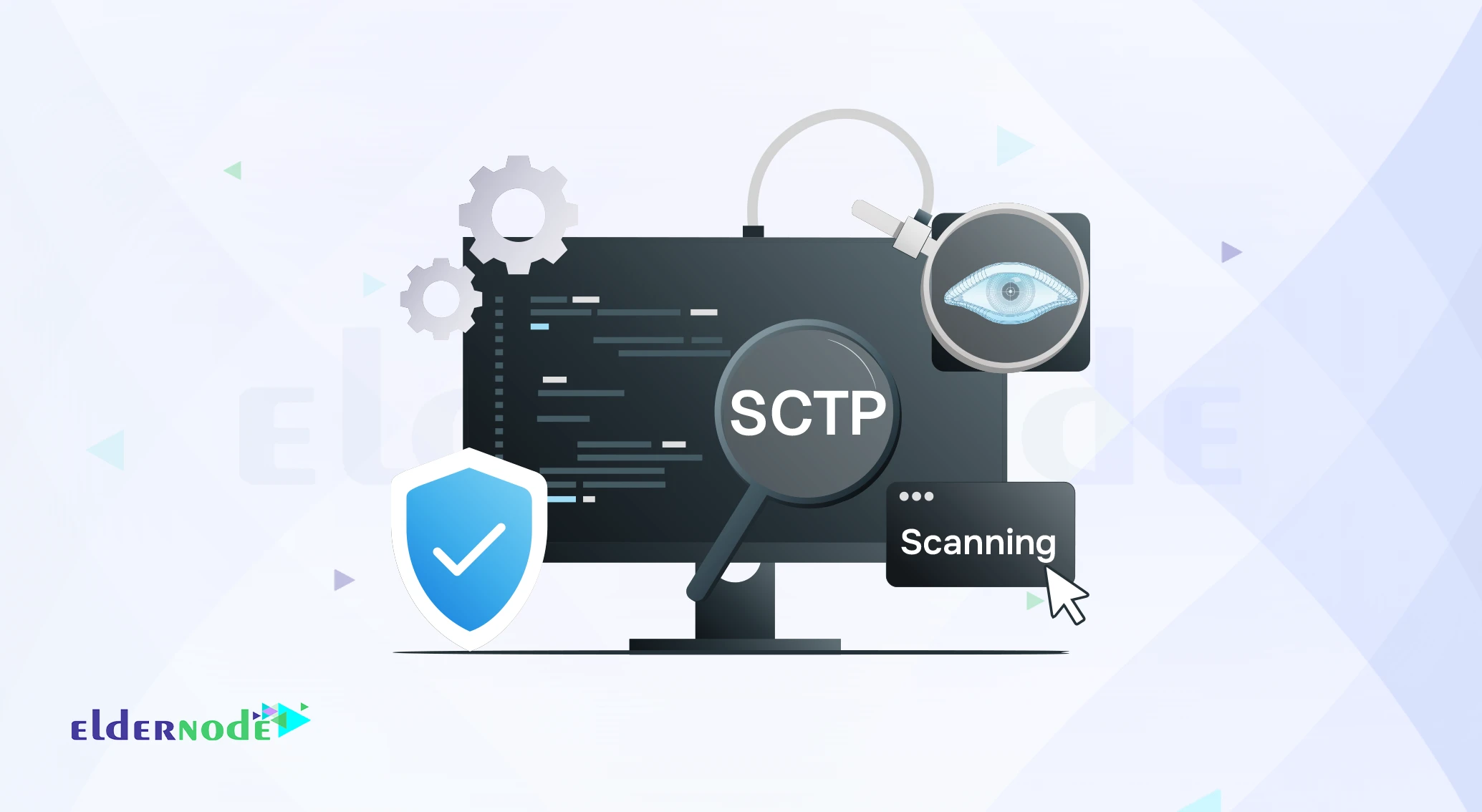
How to Scan SCTP Ports with Nmap (Step-by-Step Guide)

How to Install Termux on MacOS Using Homebrew
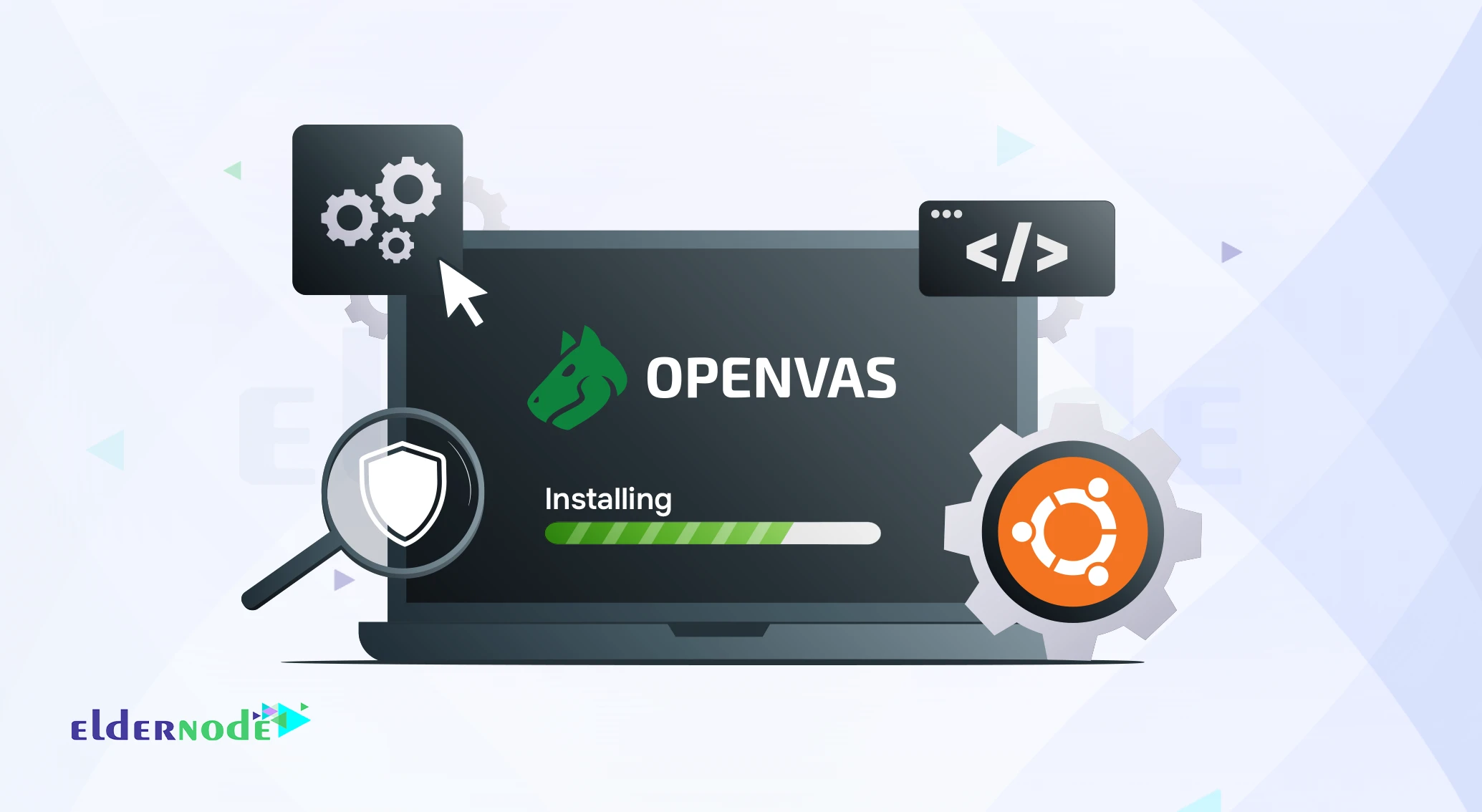
How to Install and Configure OpenVAS on Ubuntu 20.04
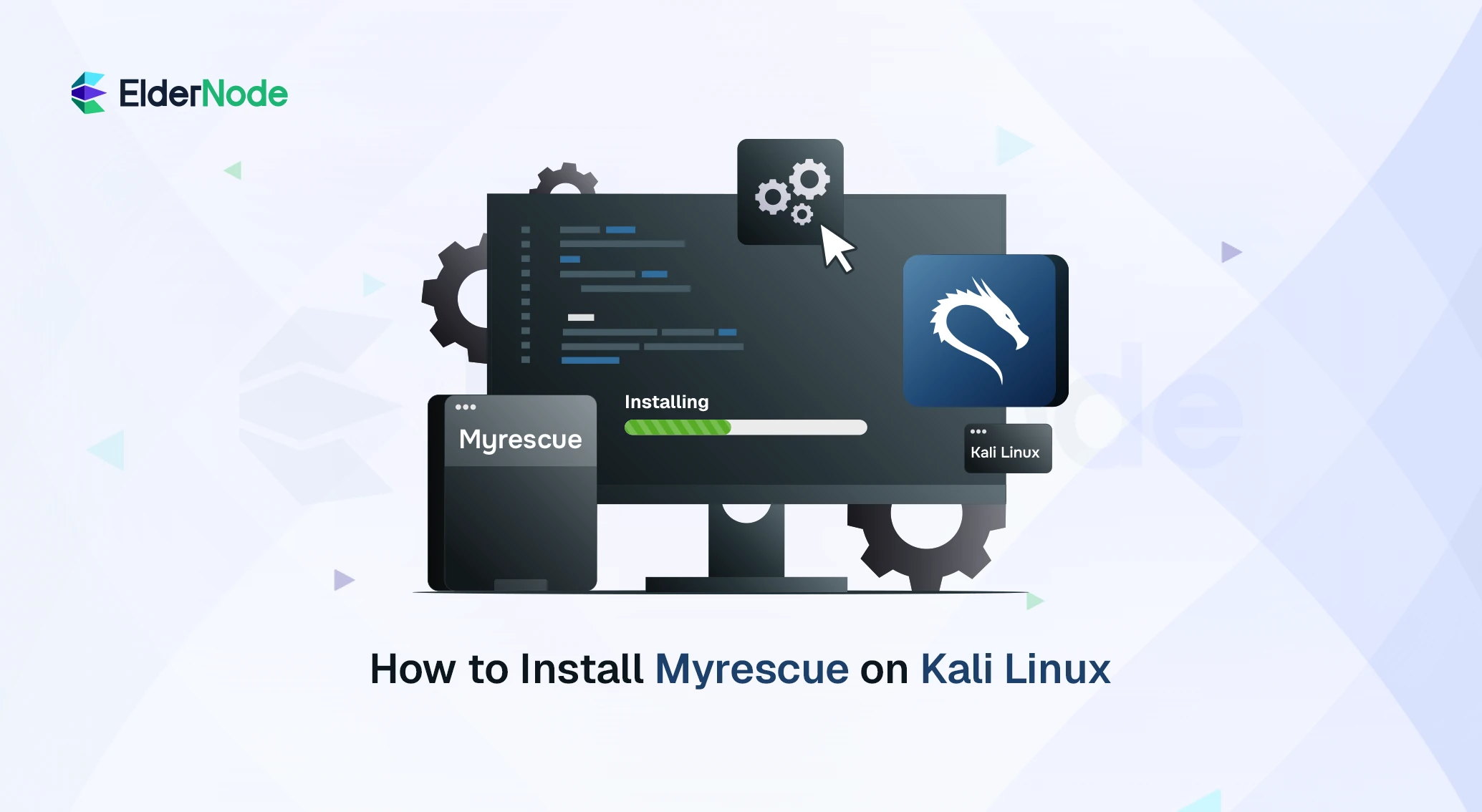
How to Install and Use Myrescue on Kali Linux (Step-by-Step)
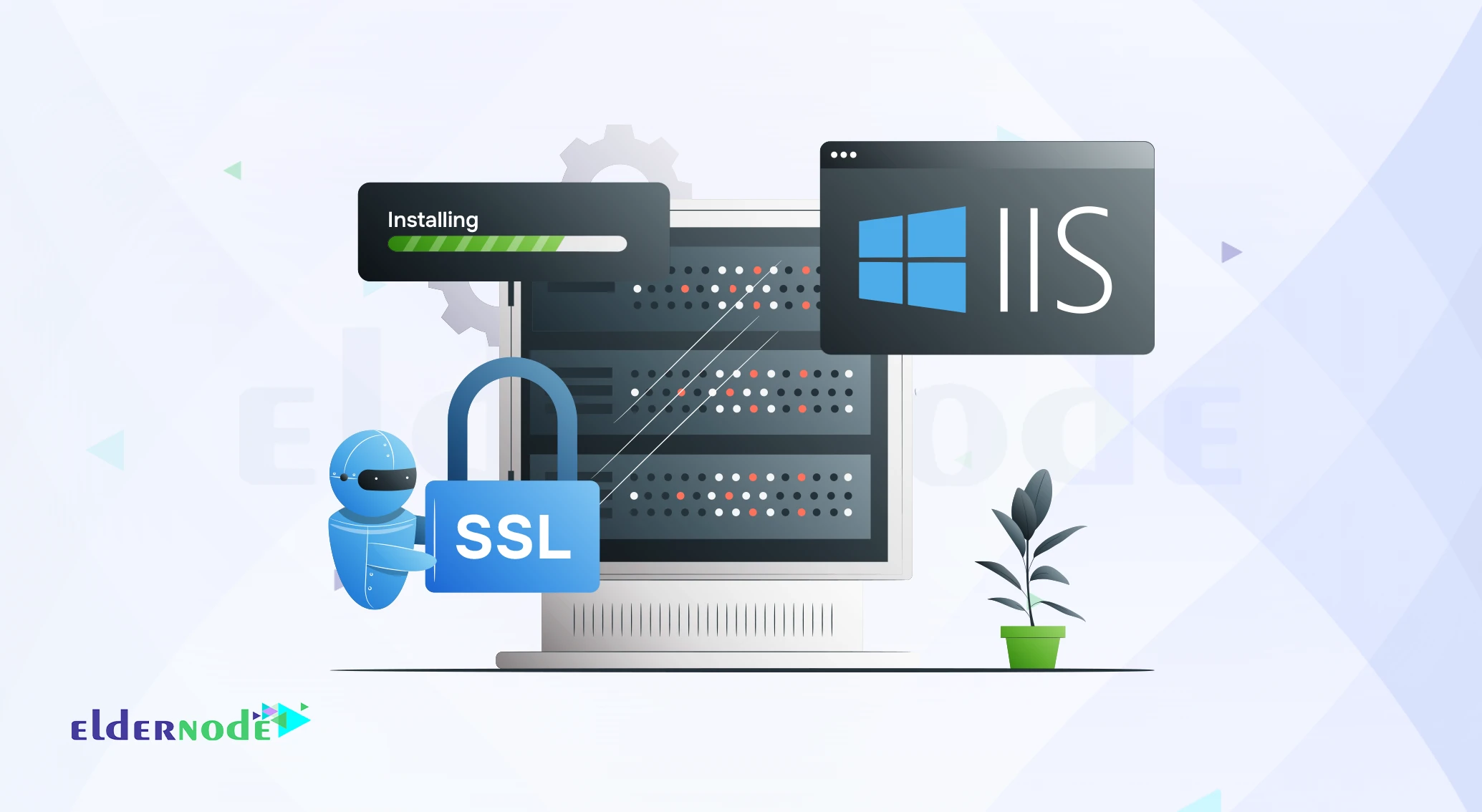
How to Install an SSL Certificate on IIS Web Server (Step-by...
